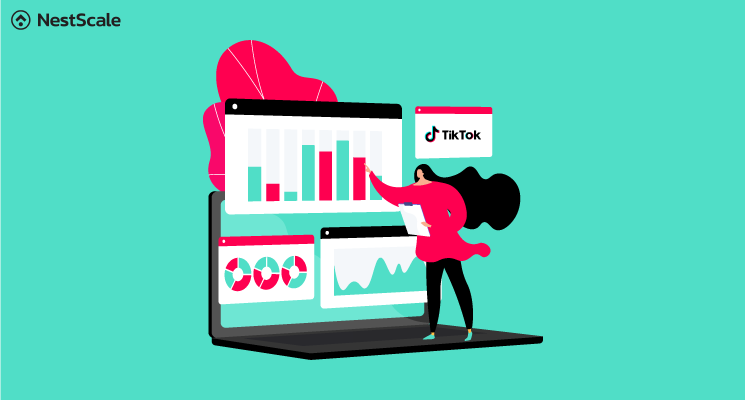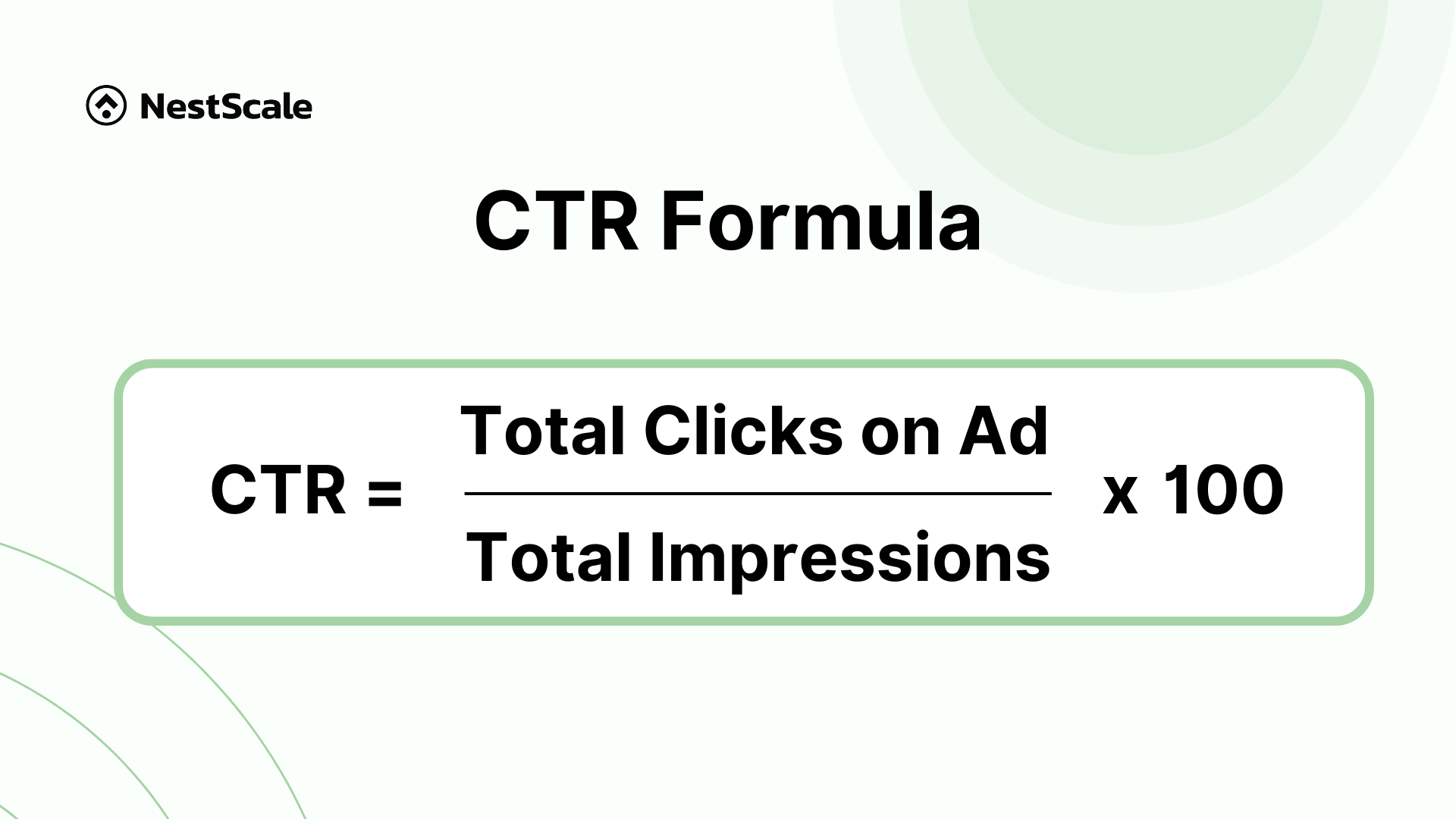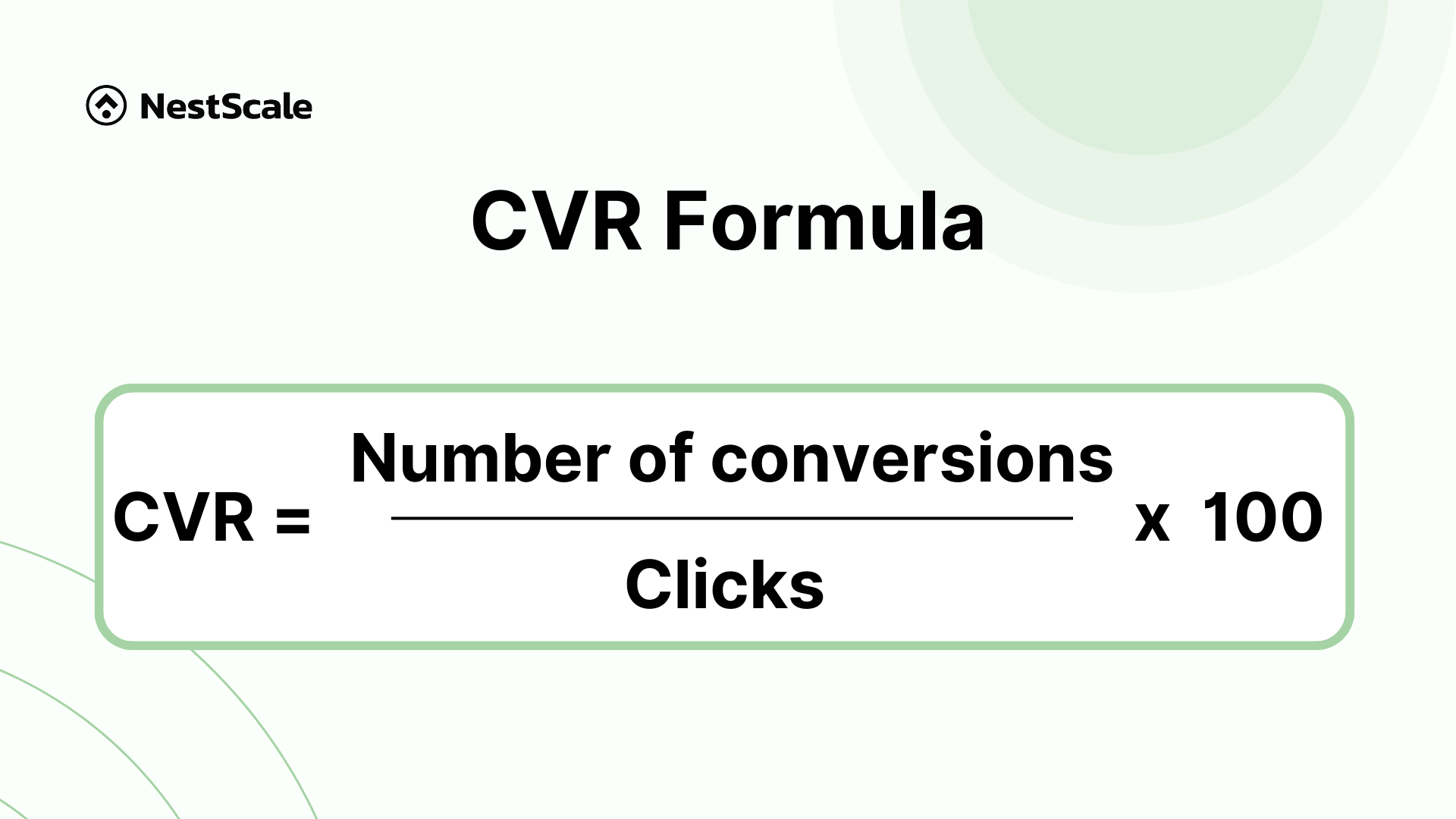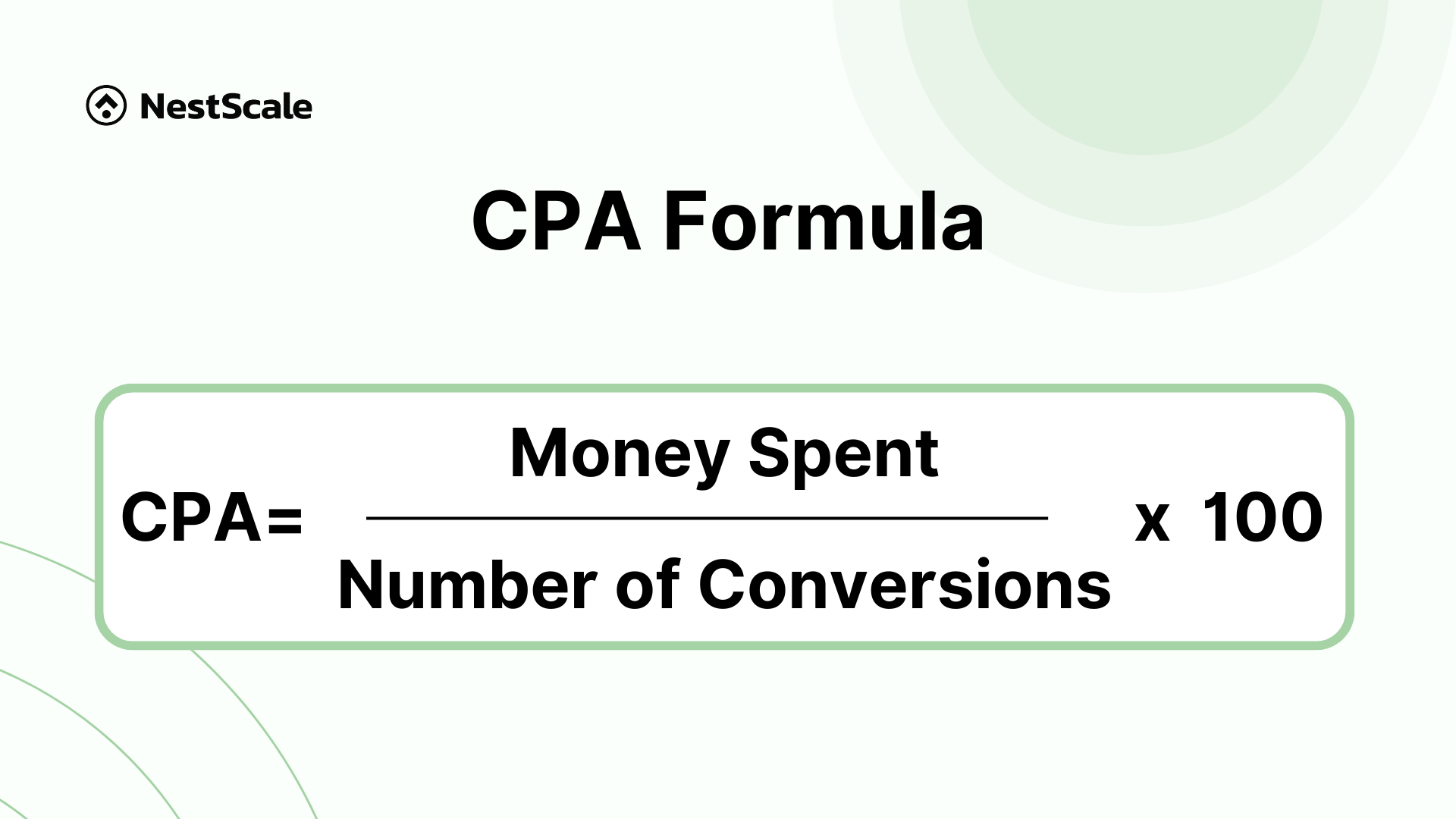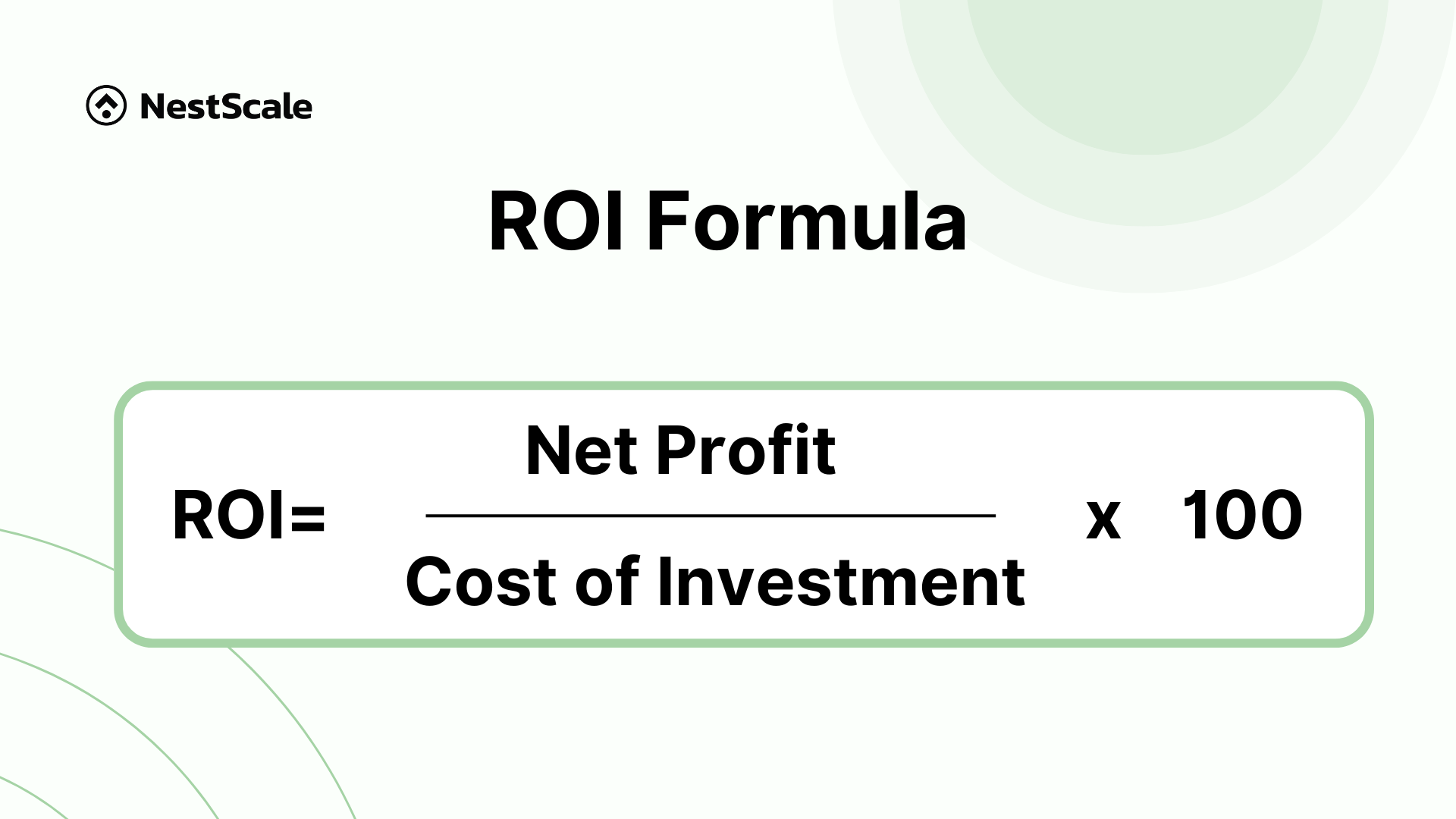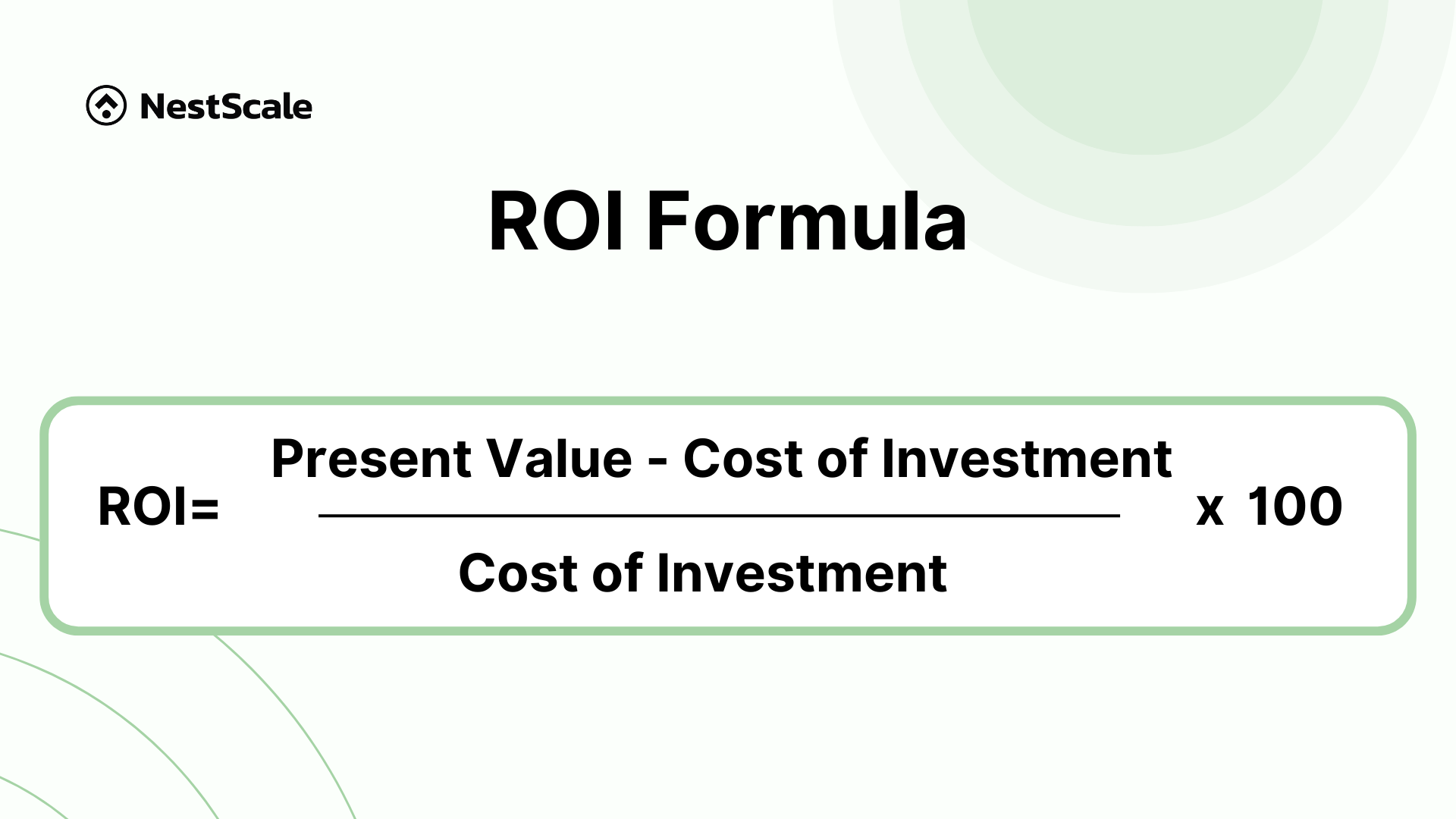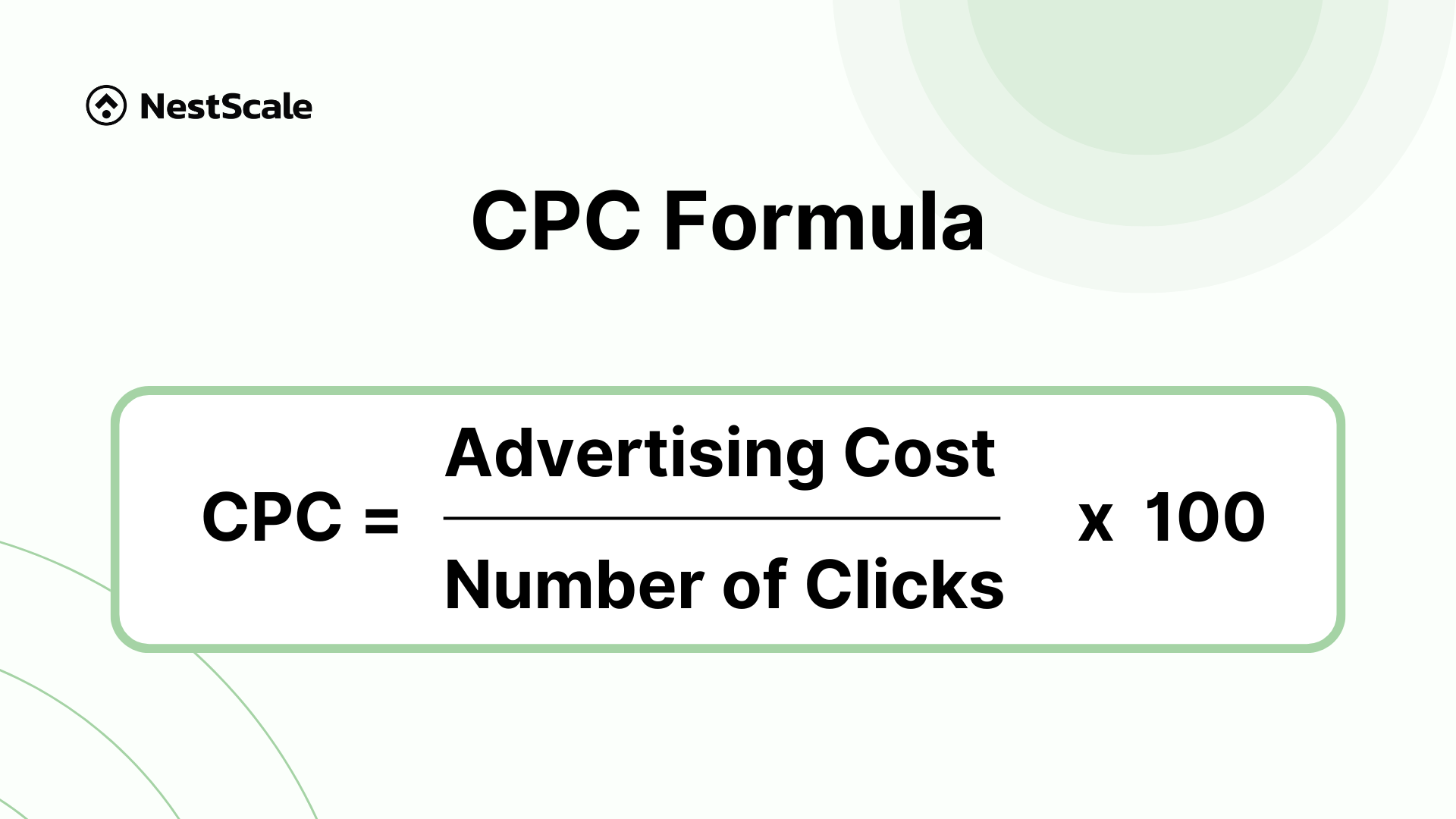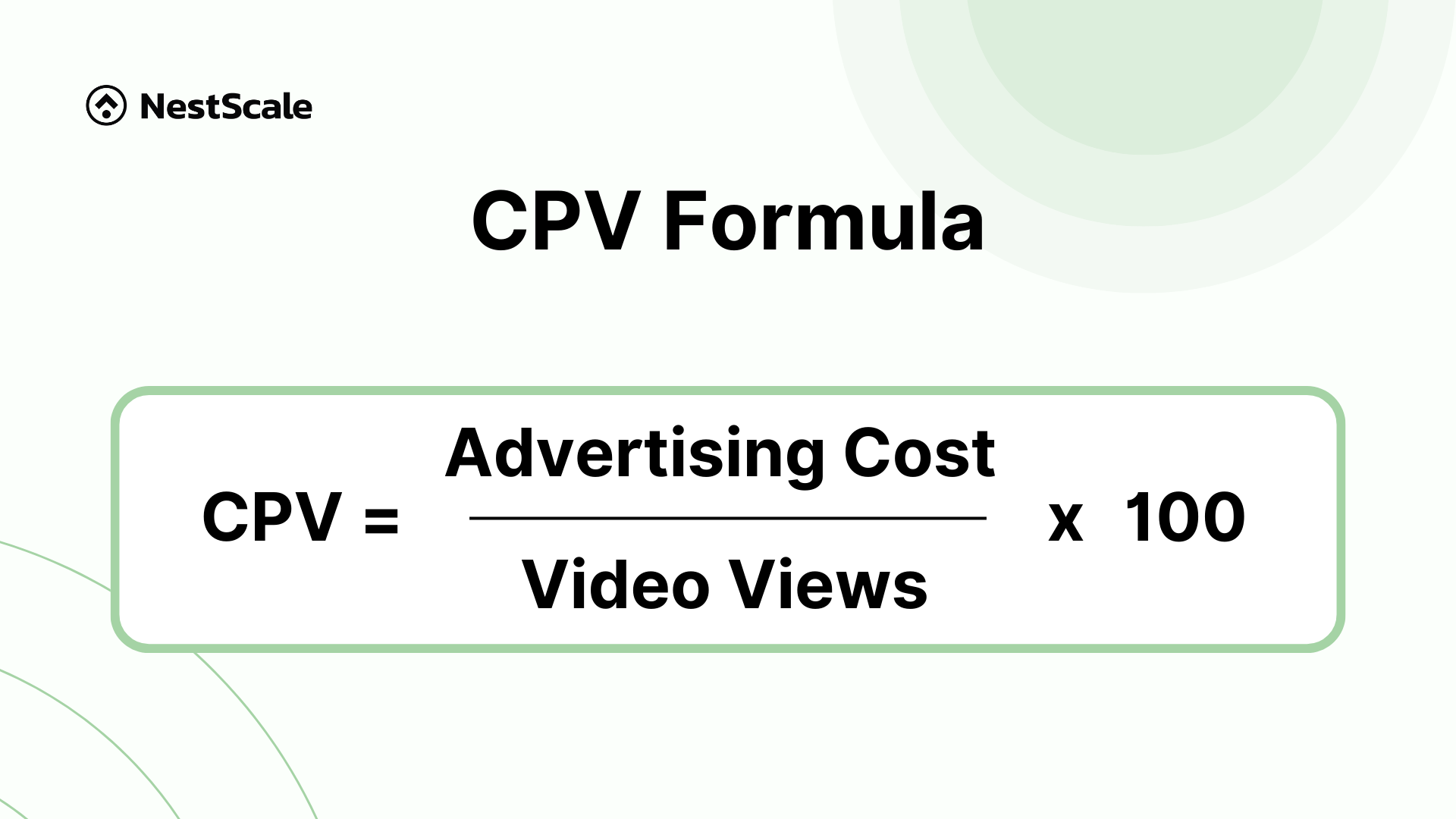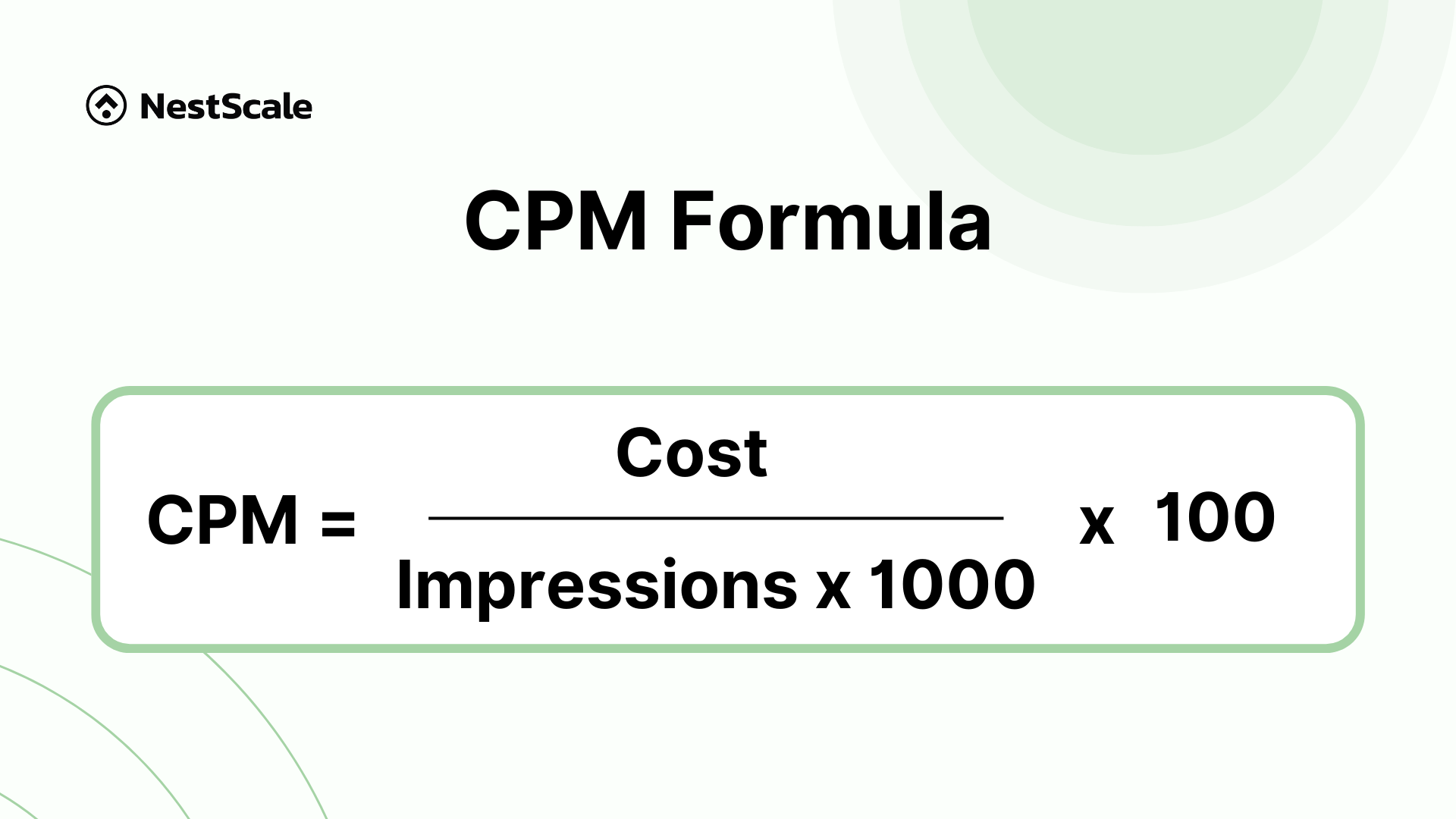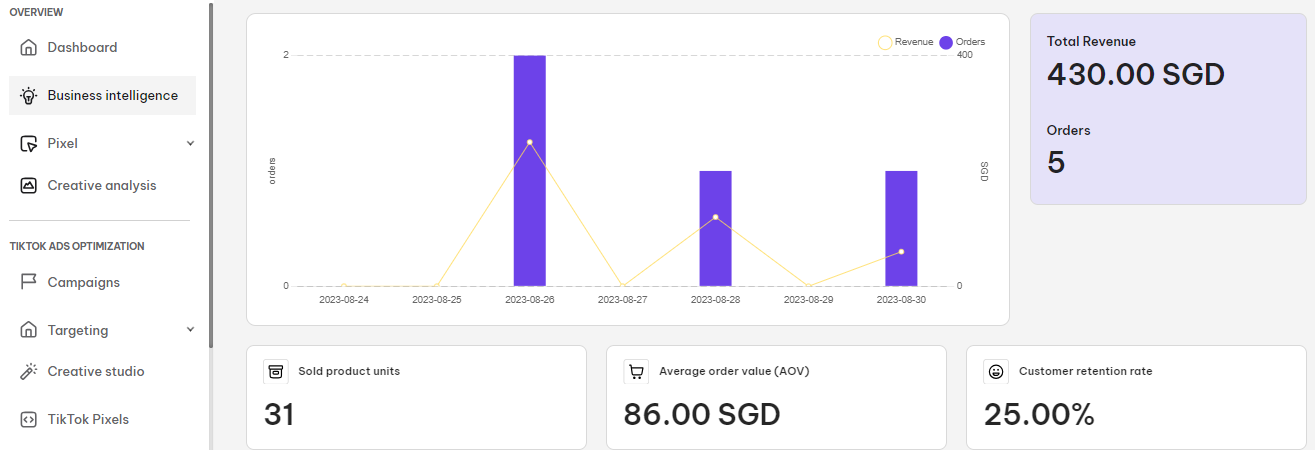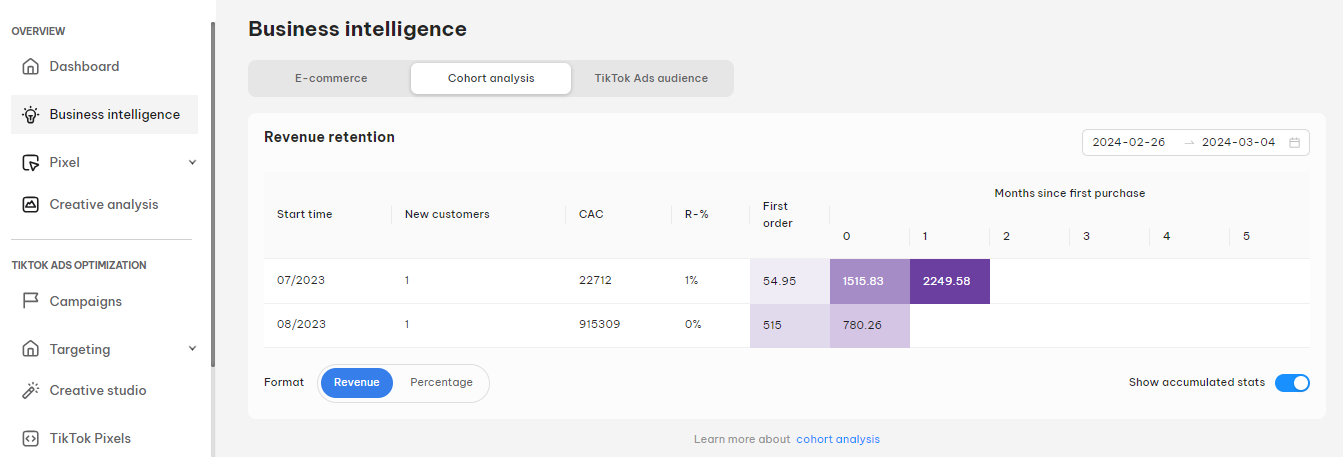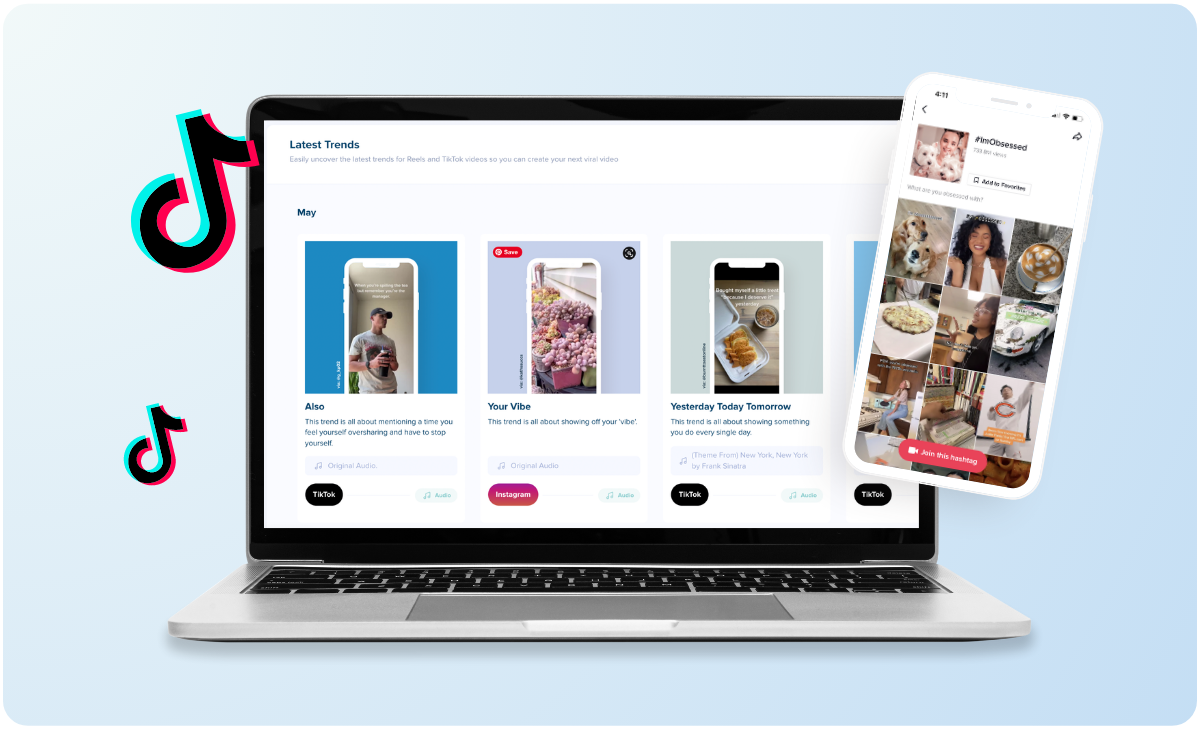If you’re wondering how to gauge the success of your ads and make data-driven decisions, then this blog is for you. We’re diving into the world of TikTok Ad Metrics, those magic numbers that reveal how well your ads are performing. Trust us, understanding these metrics is crucial for optimizing your advertising strategy and maximizing your ROI.
So, buckle up and get ready to supercharge your TikTok ad campaigns like a pro!
What are TikTok ad metrics?
TikTok ad metrics are basically numbers that help you keep an eye on how well your ads are doing on TikTok. They are super important because they help you figure out if your ads are working and how well they’re working. These metrics can tell you things like how many people saw your ad, how many people clicked on it, and even how long they watched it.
This is really useful if you’re running an e-commerce store because it helps you understand if your ads are reaching the right people and if they’re making them want to buy your products.
So, by keeping track of these metrics, you can get a better idea of how well your TikTok ads are performing and make smarter decisions for your business.
Why is it important to analyze TikTok ad metrics?
Analyzing TikTok ad metrics is crucial for advertisers to gauge the effectiveness of their campaigns and make data-driven decisions for optimization. Let’s explore the important of ad metrics with NestScale now!
Tracking ads performance
Once you launch a TikTok ad campaign, if you want to know how well the ad content is performing and how much viewers are engaging with your post, there is no better way than to evaluate TikTok metrics.
Statistics can say it all so that you can determine whether to continue running this ad or adjust it to fit the user’s interest in the platform. Furthermore, one tip for brands is to test different kinds of ad posts to see which one has good metrics.
Reduce marketing cost
Marketing costs always raise concerns for every advertiser when starting an ad campaign. The point is how to use the marketing budget appropriately and effectively. Based on these metrics, they will know whether it’s worthy of ad spending or not.
For example, ROI or return on investment will show how much you earn from each dollar invested in running ads. As a result, you can have more strategies for managing the marketing budget and allocating it to different channels.
Top 9 TikTok ad metrics you should never miss out
Understanding and leveraging the key metrics in TikTok advertising is essential for maximizing the effectiveness of your campaigns. From engagement metrics like impressions and click-through rate to performance indicators such as conversion rate and return on investment, each metric provides valuable insights into different aspects of your ad performance. Let’s discover the TikTok ad metrics in more detail.
Engagement Metrics
Impressions
TikTok ad impressions refer to the number of times an ad is displayed to viewers in their newsfeed, and it helps brands measure the effectiveness of their ad reach. The more impressions an ad receives, the more times it is seen.
As an e-commerce store owner, you can increase impressions for your ad campaign by some tactics below:
- Include TikTok hashtags in your videos
- Keep it short and sweet
- Trending sound effects
- Partner with relevant influencers
- Post at the right time
- Create high-quality videos
However, each brand advertises different kinds of products and targets different customers’ tastes. So the best solution is to test different kinds of content and track the impressions of each one to see which has the best performance.
Reach
The reach is one of the TikTok ad metrics and is the number of people who see your ad. It’s different from impressions, which is the number of times your ad is seen. So, reach focuses on the actual number of individuals who view your content.
As an e-commerce store owner, tracking this metric is important because it helps you gauge if your ads are reaching the right audience. If you often hire TikTok influencers for your business, monitoring reach becomes even more crucial as it allows you to measure the success of your influencer campaigns.
If your objective is to raise brand awareness, focus on increasing your reach. To do this, create engaging ads that combine your business value with customers’ needs.
Click-through Rate (CTR)
Click-through rate tells you how well your ads are performing on TikTok. As an e-commerce store owner, this metric is important for you to understand how many people actually click on your ads compared to how many times your ads are viewed. Here is the formula for you to calculate it:
To optimize your CTR and get better results from your ad campaigns, you need to focus on improving different elements of your ads. For example, instead of using a generic call-to-action like “Click here,” you can use a more specific and enticing CTA like “Download free app” to let viewers know they can get your app without any cost.
On TikTok, it’s suggested that your CTR should be 1% or higher. If it’s lower than 1%, you may need to test different creatives or target different audience groups.
Performance Metrics
Conversion Rate (CVR)
Conversion Rate tells you how many people who saw your ad actually took action, like making a purchase or adding items to their cart. Basically, it measures how effective your ad is at getting people to buy from you. You can calculate it using the following formula:
Knowing your CVR is crucial because it helps you understand whether your ads are driving sales. It gives you an idea of how many people are actually taking the desired action after seeing your ad. This information can guide your marketing decisions, such as whether to optimize your ad or adjust your strategy.
Cost Per Action (CPA)
CPA stands for cost per acquisition, and it’s a way to measure the effectiveness of your TikTok ad campaigns. In simple terms, it tells you how much you’re spending on an ad campaign compared to the number of actions it generates, like clicks, views, or purchases.
For instance, if you’re running an ad that encourages people to make a purchase, fill in a contact form, sign up for a trial, or even just watch a video, the CPA metric helps you understand how much each of these actions is costing you.
By keeping track of your cost per action, you can assess the success of your TikTok ads and make adjustments to optimize your return on investment. It’s like keeping an eye on how effective your ads are and making improvements if needed. So, by understanding your CPA, you can make sure you’re getting the most out of your TikTok advertising budget.
Return On Investment (ROI)
When you run ad campaigns on TikTok as an e-commerce store owner, it’s crucial to evaluate the effectiveness of your marketing costs. One way to do this is by using the ROI (return on investment) metric. ROI compares the money you spend on a project with the revenue you generate from it.
There are two ways to calculate ROI:
Or:
While there is no specific number for a good ROI, a higher ROI means you are making more profit for every dollar spent on ads. By tracking the ROI, you can assess the profitability of your ad campaigns on TikTok and make informed decisions on where to allocate your marketing budget for better results.
Cost Metrics
Cost Per Click (CPC)
Cost per click tells you how much money you’re paying for each click on your ads. Basically, it helps you see if you’re getting the most bang for your buck with your marketing budget. By analyzing the CPC, you can compare the cost of your paid advertising campaigns to the earnings they generate.
On TikTok, the average CPC is around $1.00, which may not be the most cost-effective, but it’s reasonable. Tracking this metric helps you make sure you’re spending your advertising budget wisely and determine which types of ads are working best for your business. If a campaign becomes too expensive, it’s a sign that it’s no longer effective, and you should consider changing your strategy.
Cost Per View (CPV)
CPV, or cost per view, is a metric that helps you understand how much it costs you to have someone watch your ad on TikTok. It’s calculated by dividing the amount of money you spend on your ad campaign by the number of views it receives.
For example, if you spend $1,000 on an ad and it gets 30,000 views, your CPV would be $0.3.
Tracking CPV is important because it allows you to assess the effectiveness of your ads. If you’re spending a lot but not getting many views, it’s a sign that you need to adjust your strategy. By monitoring CPV, you can identify the channels that generate the most views within your budget. This will help you optimize your ad spending and reach your target audience more efficiently.
Plus, CPV is often cheaper than other forms of advertising, making it a cost-effective option for your e-commerce store.
Cost Per Mile (CPM)
CPM, which stands for Cost per Mille (or thousand). This metric calculates how much you’re spending on an ad campaign for every 1,000 times your ad is shown. It’s like a rate that determines the cost of reaching a thousand users with your ad.
The higher CPM means advertisers have invested a lot in your ads to be shown to TikTok users. In contrast, the lower CPM means they are using the marketing budget effectively and appropriately.
How to track TikTok ad metrics for e-commerce?
If you’re looking to get your hands on TikTok ads data that are specifically tailored for e-commerce, check out NestAds. NestAds is a comprehensive ad tracking and marketing attribution designed to assist e-commerce in achieving success with their ad campaigns. With NestAds’ Business Intelligence tools, you can easily access both e-commerce-related data and TikTok ads reporting.
E-commerce Data
The E-commerce Data tab in NestAds’ Business Intelligence is a source of valuable information, catering to the needs of e-commerce. It provides you with essential metrics like total orders and revenue, giving you a clear picture of your store’s performance.
You can also find insights on customer retention rate, which helps you see how well you’re building long-term relationships. Additionally, you’ll discover valuable data on your best-selling products. This helps you identify trends and make informed decisions about your inventory and marketing strategies.
Cohort analysis
The cohort chart within NestAds provides a detailed visualization of customer retention rates and revenue generated from repurchases. This chart allows you to analyze the behavior of customer cohorts over time, revealing trends in customer purchasing patterns.
By segmenting customers by their initial purchase month, businesses can identify which cohorts exhibit higher retention rates and contribute more to overall revenue through repeat purchases. This insight enables businesses to tailor their marketing strategies and customer retention efforts to capitalize on the most lucrative customer segments and drive sustainable growth.
TikTok Ads Audience Data
In addition to providing valuable e-commerce data, NestAds’ Business Intelligence also offers insights into the performance of your TikTok Ads through its TikTok Ads audience data tab. This tab provides you with key metrics like CTR, CVR, impressions, and more.
By diving into this data, you can gain a deeper understanding of user engagement and make data-driven decisions to optimize and scale your TikTok ad campaigns.
How to optimize ad metrics for TikTok
Audience targeting strategies
To implement effective targeting, advertisers must first construct detailed personas representing their ideal customers. This involves considering demographic factors such as age, gender, and location, as well as psychographic elements like interests, motivations, and pain points. By understanding the characteristics of your audience, you can tailor your content and targeting parameters to suit your customers.
Additionally, continuous testing and refinement of audience targeting settings are essential. This helps you optimize performance over time, allowing you to identify the most responsive audience segments and allocate budget effectively.
Creative optimization tips
When optimizing creatives for TikTok ads, it’s paramount to infuse your content with the platform’s inherent entertainment value. Recognizing TikTok’s primary function as an entertainment hub, ads should mirror this theme by incorporating elements of fun, creativity, and excitement. Embrace popular TikTok trends, leverage trending audio tracks, and employ storytelling techniques infused with humor to captivate your audience’s attention.
Furthermore, maintaining the short and snappy nature of TikTok content is essential for maximizing viewer engagement. Keep your ads succinct and dynamic, ensuring quick transitions every few seconds to sustain audience interest.
Budget allocation and bidding strategies
When it comes to budget allocation and bidding strategies for TikTok ads, it’s essential to strike a balance between maximizing reach and optimizing cost-effectiveness. Begin by setting a realistic overall budget for your campaign, considering factors such as campaign objectives, target audience size, and competitive landscape. Allocate your budget across different ad groups or campaigns based on their respective priorities and performance expectations.
In terms of bidding strategies, TikTok offers several options to optimize ad delivery and cost efficiency. Start with automatic bidding to allow TikTok’s algorithm to adjust bids dynamically based on real-time auction dynamics and performance signals. Monitor the performance of your ads closely and gradually transition to manual bidding once you have sufficient data to make informed decisions.
Testing and iteration for continuous improvement
Testing and iteration are vital components of successful TikTok advertising campaigns. Adopting a set-and-forget mentality isn’t conducive to achieving optimal results. Continuous testing and optimization are essential for enhancing performance and maximizing the effectiveness of your campaigns.
Experiment with new creatives, conduct split tests on landing pages and explore various TikTok ad formats to identify what resonates best with your audience and drives desired outcomes. By consistently refining your approach based on insights gained from testing, you can iteratively improve campaign performance and steer it in the right direction. Make testing and iteration a regular part of your advertising strategy to ensure ongoing progress and success on TikTok.
Ensure the success of your TikTok ads campaign with NestAds now!
Tracking and analyzing TikTok ad metrics is crucial for improving your advertising activities, including impressions, conversion rate, and more. These metrics provide valuable insights to optimize your TikTok advertising strategy and ensure your ad budget is well-spent. And if you’re looking for specialized TikTok ads data tailored for e-commerce, NestAds is the solution for you.
With NestAds’ dedicated TikTok ads management platform and its “Business Intelligence” tools, you can easily access both e-commerce-related data and TikTok ads performance data. From total orders and revenue to customer retention rate and best-selling products, NestAds provides comprehensive insights to drive your e-commerce success on TikTok.
So, leverage the power of TikTok ad metrics and NestAds’ solutions to take your TikTok advertising to new heights!
FAQs
What are the key metrics for TikTok ads?
Key metrics for TikTok ads typically include Impressions, Reach, Clicks, CTR, CPA, CPV, Engagement, Conversion Rate, CPC, CPM, ROI, and more. These metrics help advertisers assess the performance of their TikTok ad campaigns and optimize them for better results.
How are TikTok ads measured?
TikTok ads are typically measured using a combination of platform-provided analytics and third-party tracking tools. Here’s how TikTok ads are measured: TikTok Ads Analytics, Pixel Tracking, Attribution Partners, Custom Conversion Events, and Performance Reports. By leveraging these measurement tools and techniques, advertisers can effectively track and optimize their TikTok ad campaigns to achieve their marketing objectives and maximize their ROI.
What is a good CPM for TikTok ads?
TikTok utilizes a metric known as CPM, or cost-per-mile, to bill for in-feed advertisements. CPM denotes the cost per 1,000 views of an ad. The typical CPM on TikTok stands at $9.16 (as of November 2023). Advertising on TikTok starts at a CPM of $0.50 and a cost-per-click of $0.02.
To launch a campaign, a minimum budget of $500 is necessary, with a campaign-level daily minimum budget of $50 and an ad group-level minimum of $20 per day. At the ad group level, advertisers specify target audiences, ad placements, campaign budgets, optimization objectives, schedules, and bids.
Why are TikTok ads so effective?
TikTok offers a wide array of advertising options, such as overlays, takeover ads, in-feed commercials, and influencer placements. These options seem to appeal to users due to their diversity and are perceived as less intrusive compared to conventional advertising methods.
How successful are TikTok ads?
Regarding TikTok, research conducted by its Marketing Science unit indicates that 50% of the ad’s impact is observed within the initial 2 seconds, with 90% cumulative impact on Ad Recall and approximately 80% for Awareness within the first 6 seconds.
Additionally, as longer videos play, the audience size tends to diminish. Marketers should consider the unintended consequences and tradeoffs between viewing duration and reach, as well as the cost per reach. Therefore, it’s important to recognize that more isn’t necessarily better.




































